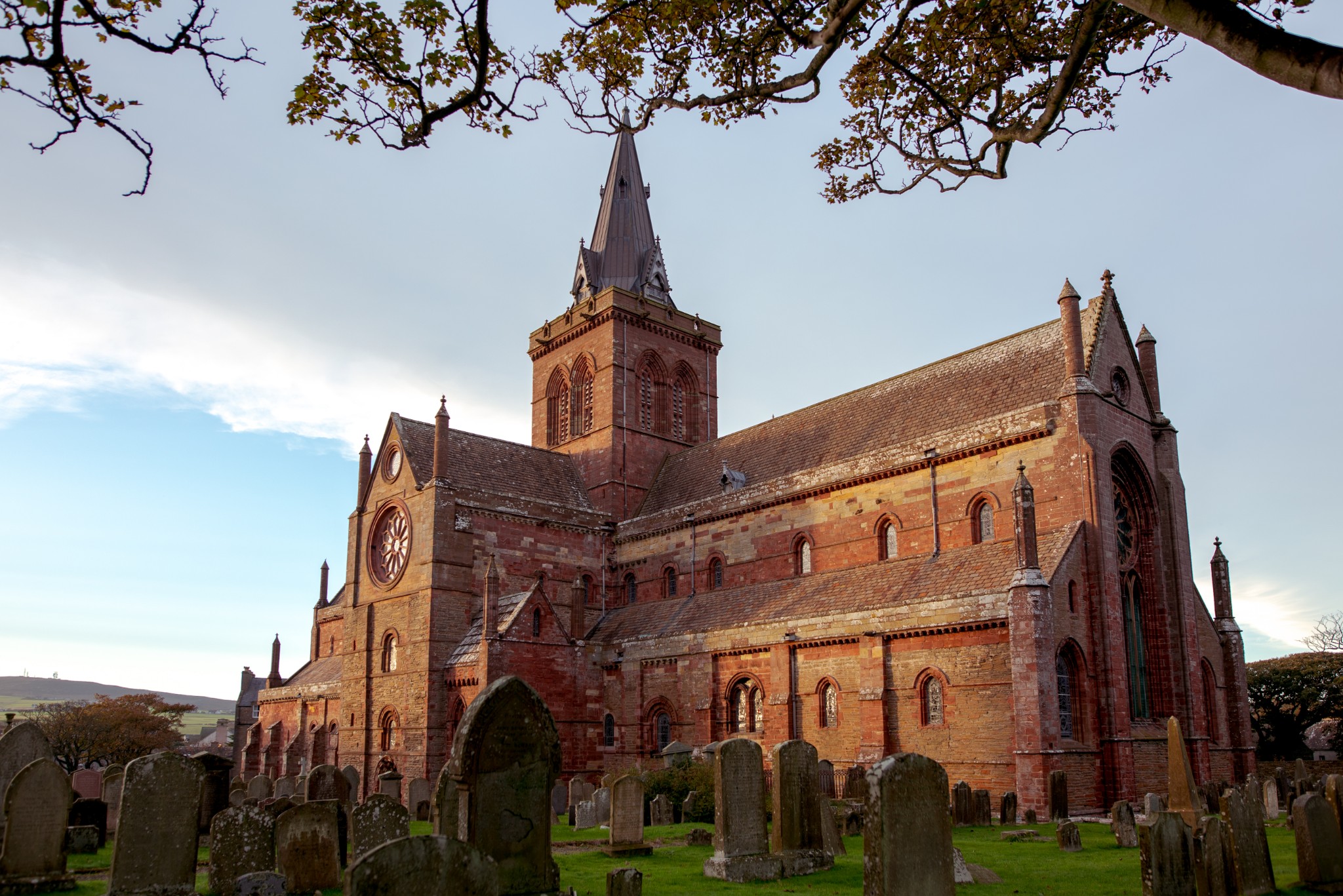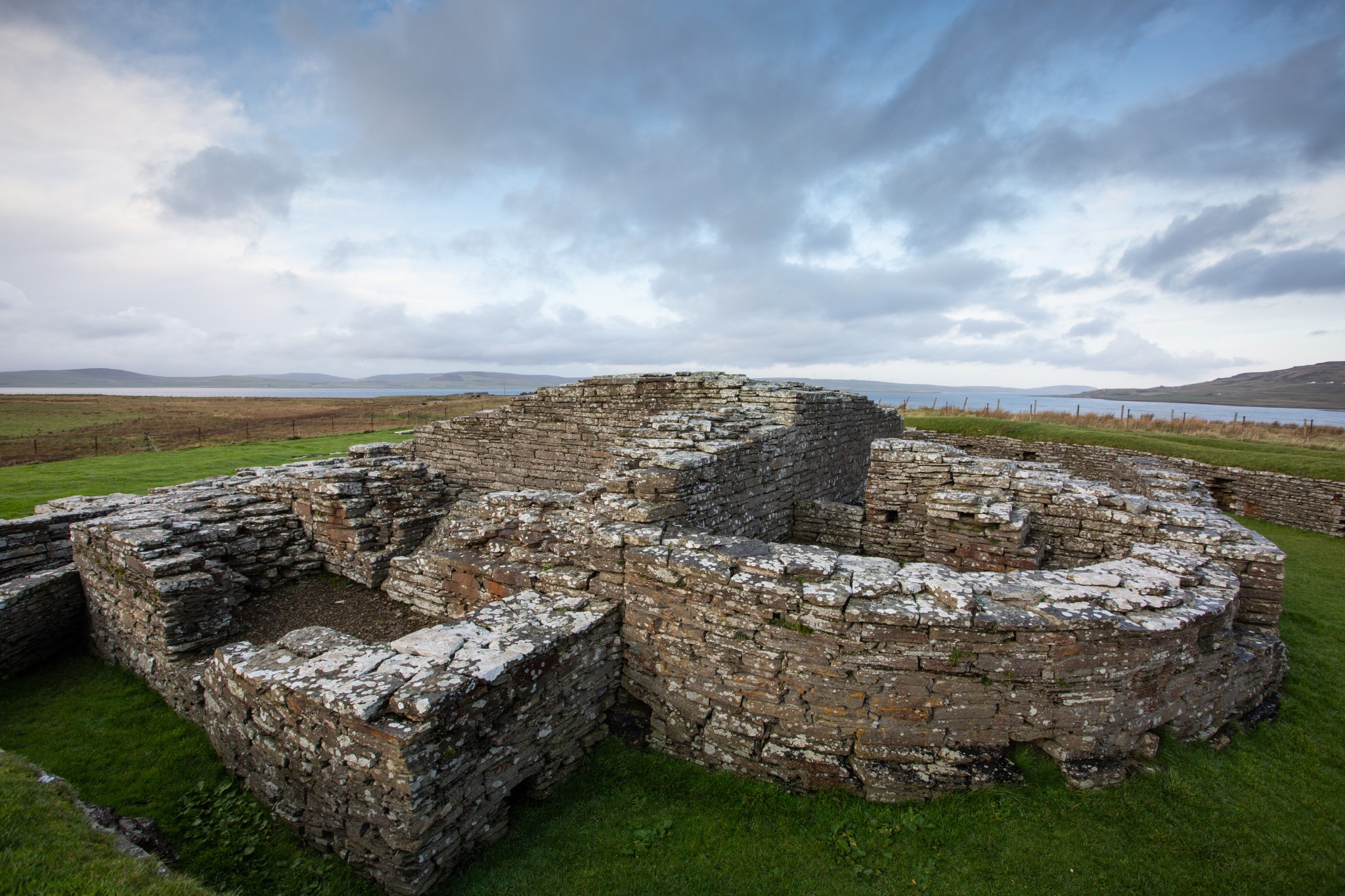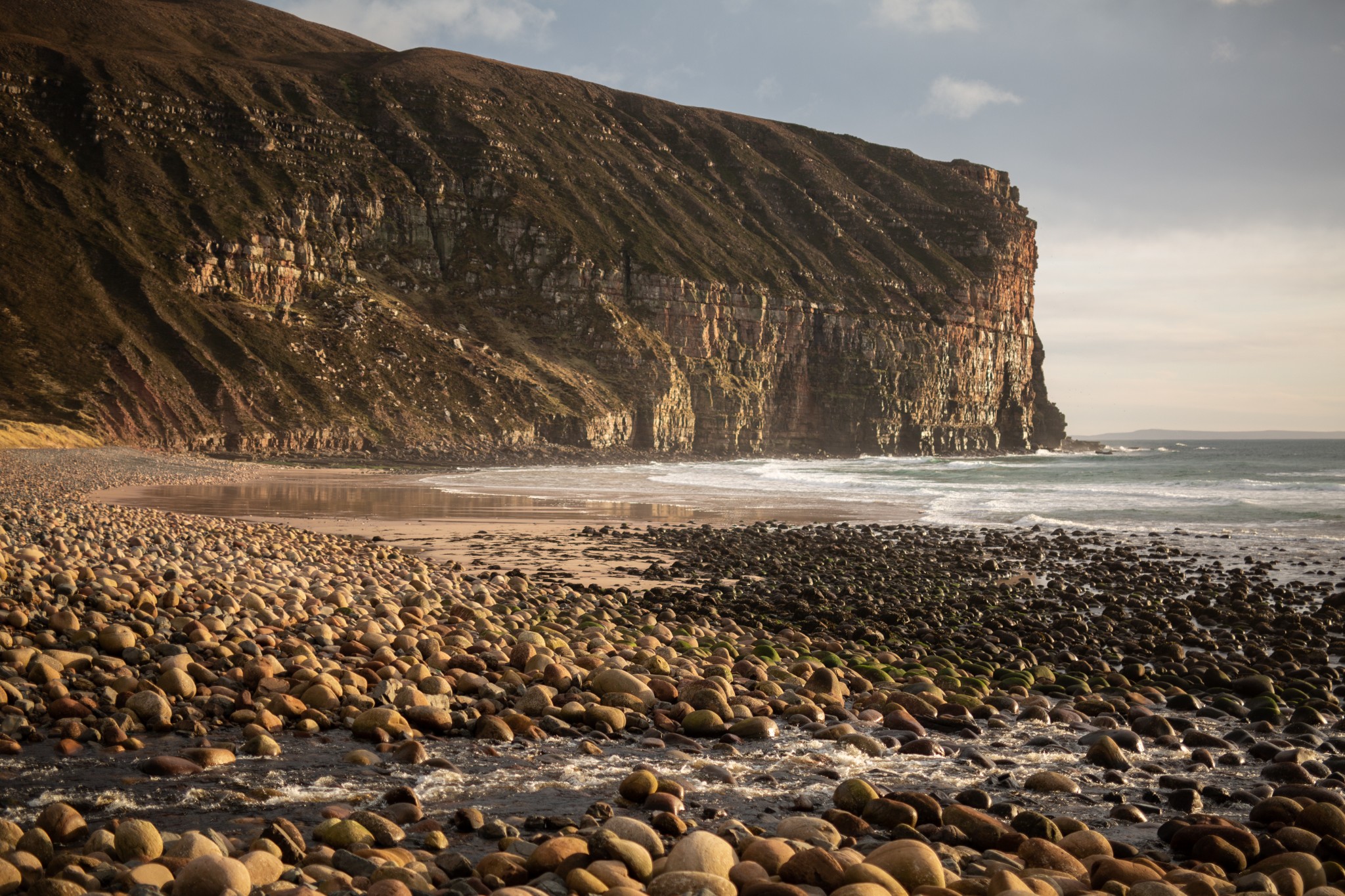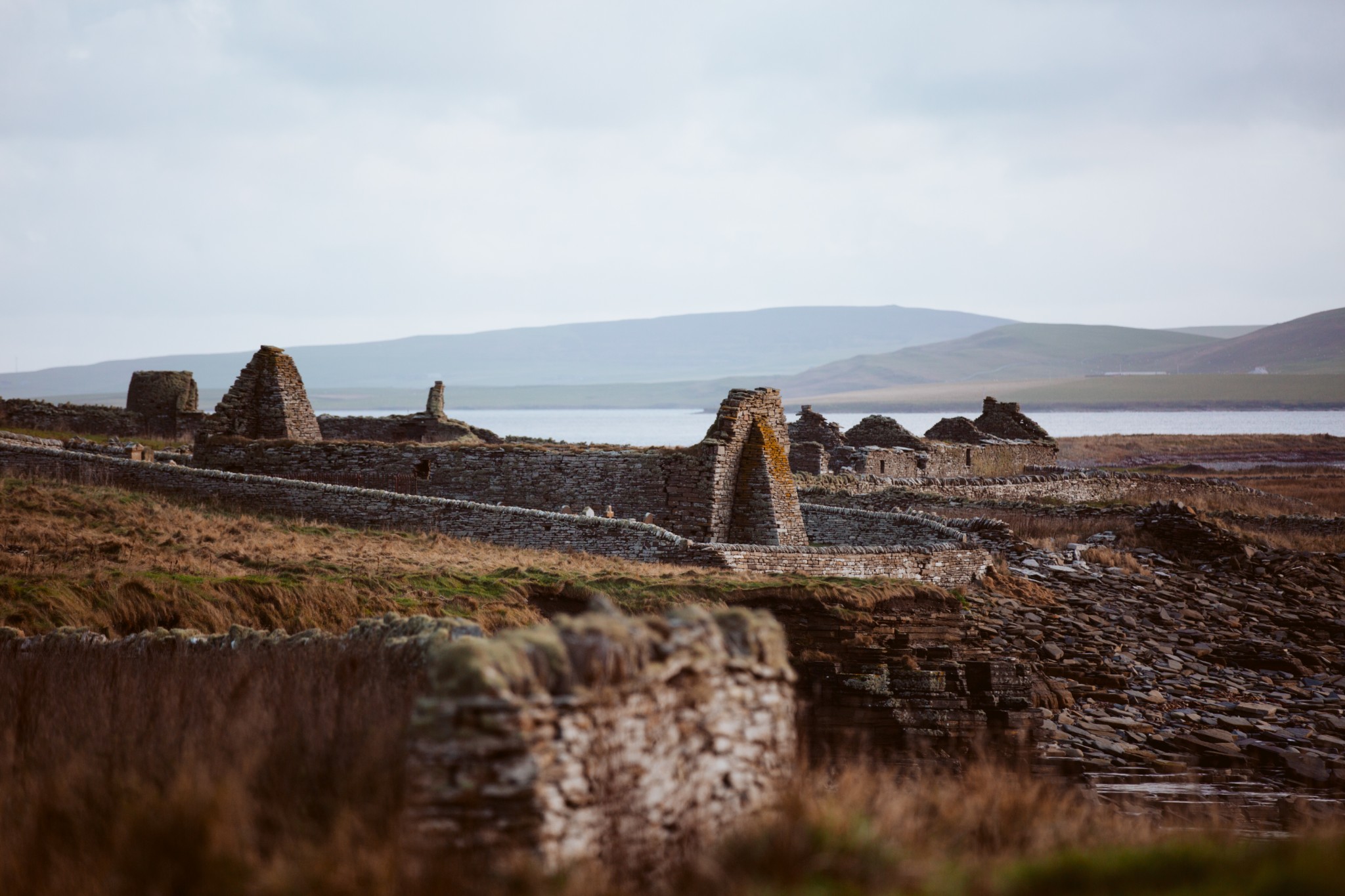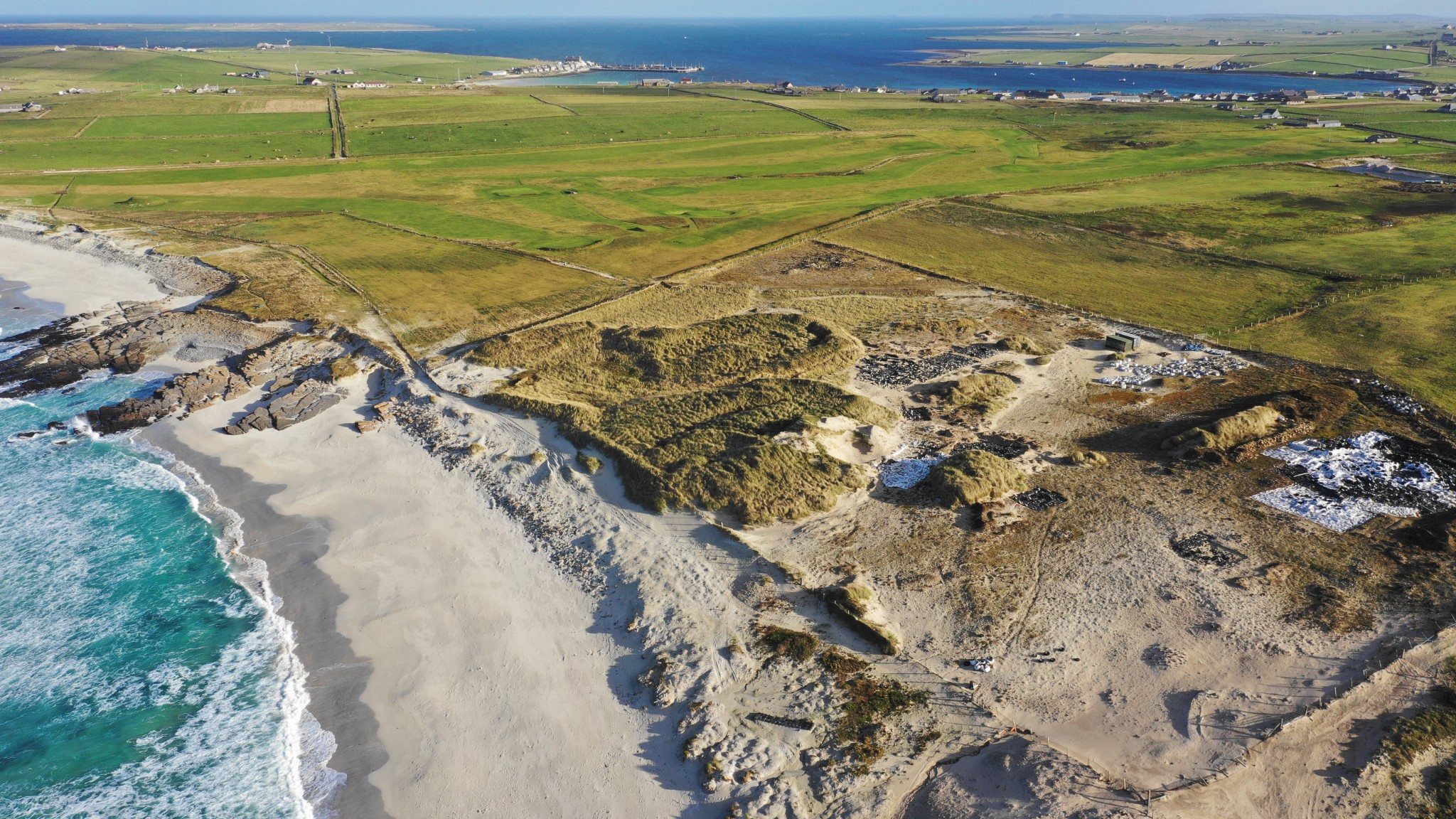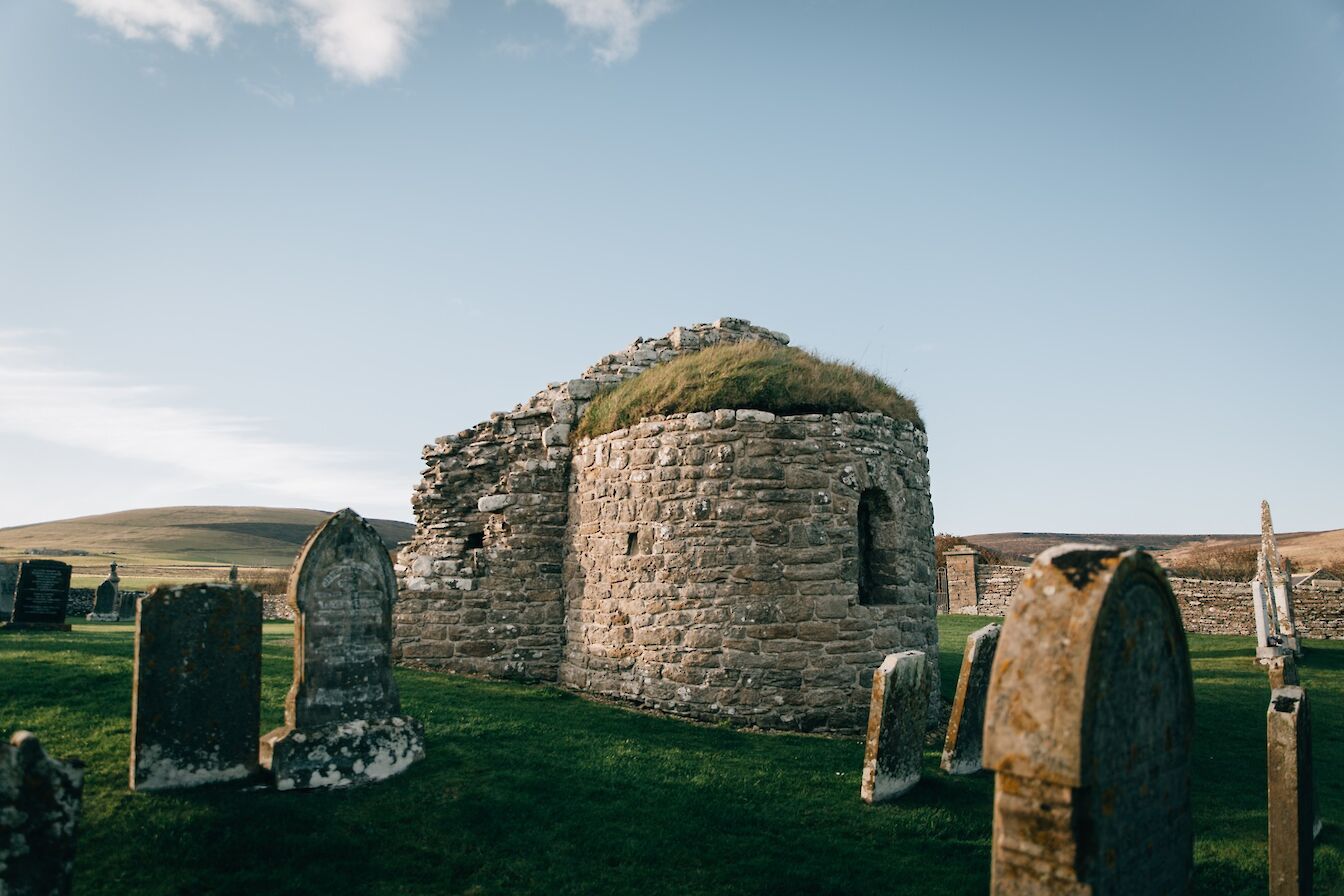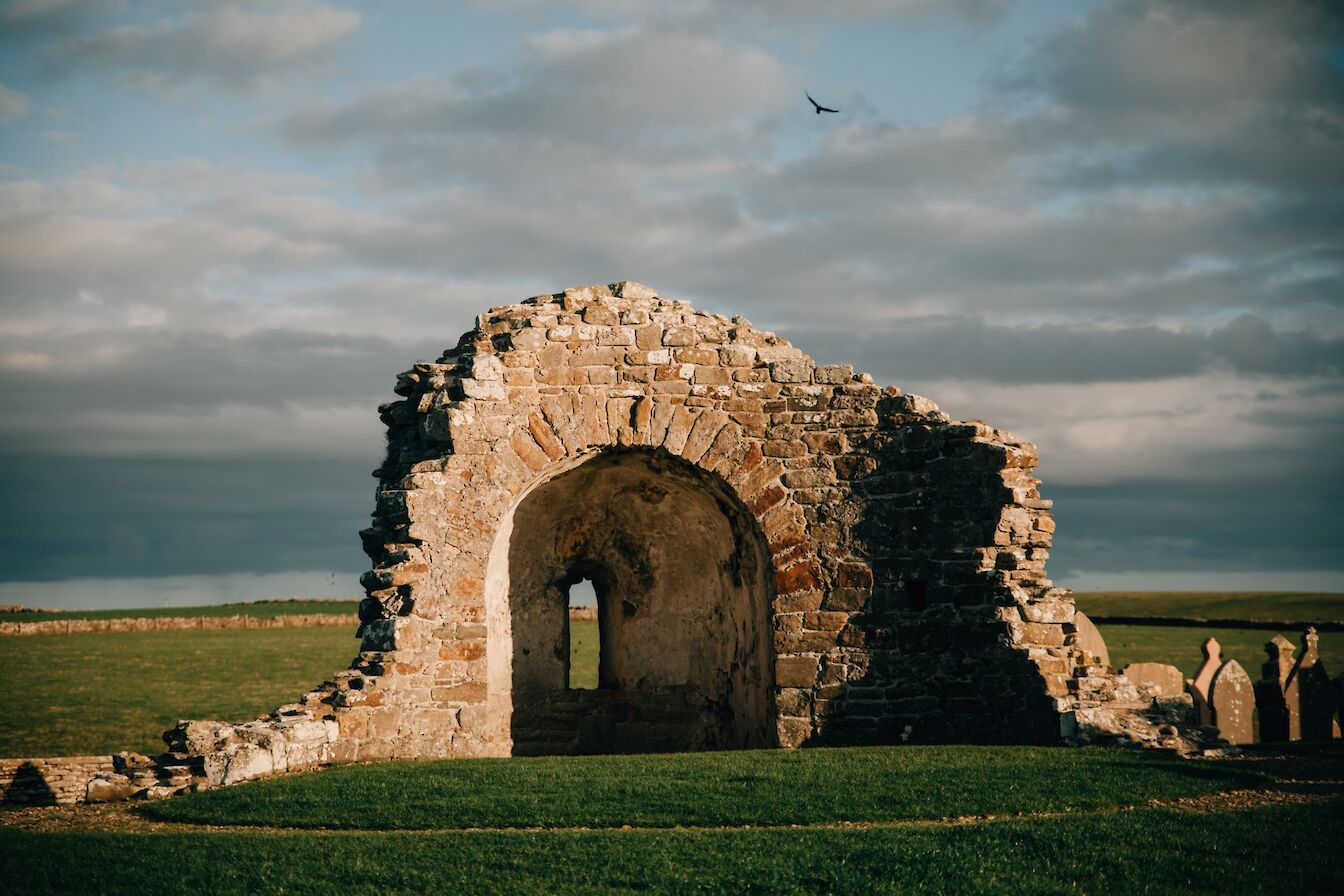Countless guidebooks have been written about Orkney, pitched to everyone from Victorian antiquarians to modern surfers.
The complexity of Orkney's story can never be contained within any single one, and the breathless rate of archaeological discoveries means that any list of locations is rendered incomplete the moment it is finished being written.
There is one book, however, that seems to have captured something timeless. It was written over 800 years ago, and its title could not be more fitting: the Orkneyinga Saga.
While not a guidebook in any conventional sense, there is simply nothing quite like following its battle-laden footsteps and seaways around the archipelago. Written in Iceland, the Saga spans several generations of life in Viking-age Orkney. As a resource for understanding that part of Orkney's history, it is invaluable. As a way of forging a connection to places which that world transformed, its potential is limitless.
They may barely scratch the surface, but the following six locations are ideal starting points immersing yourself in Viking Orkney - with a copy of the Orkneyinga Saga in hand, of course.
It should come as no surprise that Kirkwall features prominently.
The Orkneyinga Saga relays in detail the martyrdom - or, if you prefer, betrayal and murder - of Earl Magnus, canonised as St Magnus, in Egilsay in 1135. The building of St Magnus Cathedral, 'the light in the north', was begun soon after for the express purpose of giving Magnus' relics a fitting home. They had previously been kept at Birsay, the epicentre of Norse power in Orkney before Kirkwall rose to outshine it.
In the Saga we read how Magnus' nephew, Rognvald, vowed to begin work on the cathedral. Within weeks of Magnus' murder, his relics had already become a source of wonder and miracles for many of the common folk.
Not every reference to Kirkwall in the Saga is so solemn. In one of the Saga's many small comedies, Earl Harald's men fled into Kirkwall Castle upon seeing an enemy fleet approach. One man, Ami, was "so frightened that he forgot that he had his shield at his shoulder until it stuck fast in the door." Anyone who has ever had loose knitwear catch on a door handle can relate all too well, but at least there's little chance still that people will still laugh at it 1,000 years later!
Some characters in the Orkneyinga Saga seem larger than life. Although he is only mentioned in passing, there is one whose stature was so great that he became a giant in folk memory: Kolbein Hruga, popularly known as 'Cubbie Roo'.
Kolbein lived in a "fine stone castle" in Wyre. Cubbie Roo's Castle has long been touted as the oldest stone castle in Scotland, dating to the mid-1100s, and it stands on the site of a broch 1,000 years older. On first look at the ruins today, the word that comes to mind is 'stout'.
Across the water in Rousay is the Neolithic cairn known as Cubbie Roo's Burden. The story goes that Cubbie Roo, a true giant in this tale, tried to build a causeway linking Wyre to Rousay. He was nearly finished when a stone collapsed, burying him in the wreckage - which is supremely ironic when you know that Hruga translates from Old Norse as 'heap'.
For Norse Orcadians prior to the islands' official conversion to Christianity in the 11th century, the act of battle was a dance at the gates of Valhalla. 'Magic' was no stranger there. The Saga tells of a battle that transcended the very boundaries of life and death.
A prince, Hedin, made a bond of brotherhood with Hogni, King of Denmark. The bond held true until Hedin was given a magic philtre by a sorceress that let him win the heart of Hilda, King Hogni's daughter. They eloped, but did not get beyond Hoy before Hogni's ships caught up to them.
Landing in Hoy, the crews engaged in furious battle. Odin, who always enjoyed a good scrap, cast a spell dooming the warriors to fight on deathlessly until Ragnarok. The spell was only lifted when a Christian, Ivar Liomi, waded into the fray and killed both Hedin and Hogni. Another version by Tom Muir has Hilda, rather than Odin, weave magic over the slain at the end of each day, turning then to stone until dawn brings them back to life to fight again.
While the Orkneyinga Saga only identifies the location as Hoy, can anyone who has looked upon Rackwick think of another place more fitting for a spellbound battle? Its intertidal stones rumble like the march of warriors. Its sliver of sand bound by cliffs form the perfect amphitheatre for Odin's amusement. The day may come when some chance discovery reveals the truth of it.
Until then, listen closely for the notes of clashing steel amid the natural symphony of Rackwick.
Westness in Rousay is one of the most important locations in both the Orkneyinga Saga and Scottish archaeology. A series of settlements flourished here, bookended by Midhowe Chambered Cairn and the Bay of Swandro.
In the Saga, Earl Paul feasted at Westness before fighting a sea battle against a Hebridean fleet. Westness was a fine place to feast: the settlement of Skaill gets its name from skali, the old Norse word for 'drinking hall'. As well as the small stone castle known as The Wirk, archaeological excavations in 2019 indeed uncovered a high status hall.
The Norse cemetery at Westness yielded the richest female Viking-age burial in Scotland, replete with items of gold, silver, iron, glass and textile. Most spectacular is the Westness brooch-pin, a masterclass in 8th century metalworking with images of gnashing beasts, fish-tailed creatures, and studs of Baltic amber.
The vital question is not whether Westness was 'special' in this regard, but rather: how many other sites like it have been lost to the tides, plough, and projects of 'improvement'?
The sheltered harbour and sands at the Links of Noltland near Pierowall in Westray was known to the Saga as Höfn, meaning 'haven'. It wasn't just the Norse who warmed to it. Excavations unveiled a Neolithic complex similar to Skara Brae and Orkney's largest Bronze Age settlement, including a subterranean sauna.
Closer to the events of the Orkneyinga Saga, they also revealed the largest Norse cemetery ever found in Britain. Grave goods from 9th century male and female burials include remarkable objects such as an intricate tortoise brooch and an unusual 'axe hammer'.
Pierowall was popular among the Norse, who built the first church where the Lady Kirk now stands. The Saga tells us that Earl Rognvald, looking to consolidate his grip on Orkney, arrived in Westray one Friday evening. Rognvald's party were confronted by a group led by Helgi and Kugi. In the typically laconic fashion of the Norse sagas, we are told only that "their dealings ended in such a way that the Westraymen submitted to Earl Rognvald, and swore him oaths of fealty." He later attended a service at the church.
Orphir's Round Kirk was inspired by the Church of the Holy Sepulcher in Jerusalem, which should be everything you need to know to bust the myth that Orkney was shut off from 'civilisation' during the Middle Ages. Built as penance by Earl Hakon, slayer of St Magnus, the Round Kirk is Scotland's only surviving medieval round church.
Behind every great Norse church is a great drinking hall. Next to the Kirk are the scant foundations of the Earl's Bu, scene of several violent episodes in the Saga. It is described as a "great drinking-hall...with a lot of big ale vats". To get a sense of priorities, the Saga's author spends much more time describing the Bu than the Kirk.
The Bu was the scene of the killing of Svein Breast-Rope, a hulking Pagan, at a grand Yule feast. Another Svein (Asleifsson, dubbed the 'ultimate Viking') insulted Svein Breast-Rope. Knowing that few did this and lived to tell the tale, Asleifsson ambushed Breast-Rope in a corridor and dealt him a mortal blow. When Asleifsson told Bishop William about the murder, the Bishop replied, "good riddance". For the Saga, this was not just another murder: it was the last gasp of the old faith at the threshold of the new one.
Follow in the footsteps of Vikings
1 - Kirkwall; 2 - Cubbie Roo's Castle, Wyre; 3 - Rackwick, Hoy; 4 - Westness, Rousay; 5 - Earl's Bu & Round Kirk, Orphir; 6 - Links of Noltland & Pierowall, Westray
Explore more of Orkney's Viking heritage, and follow our Viking trail.

